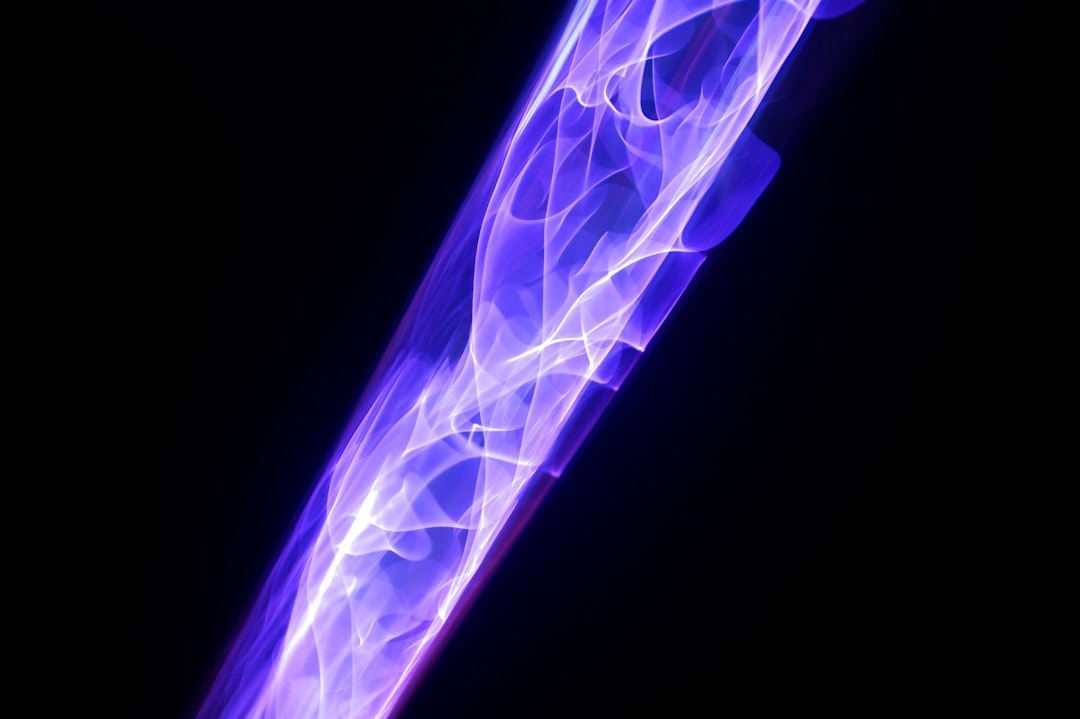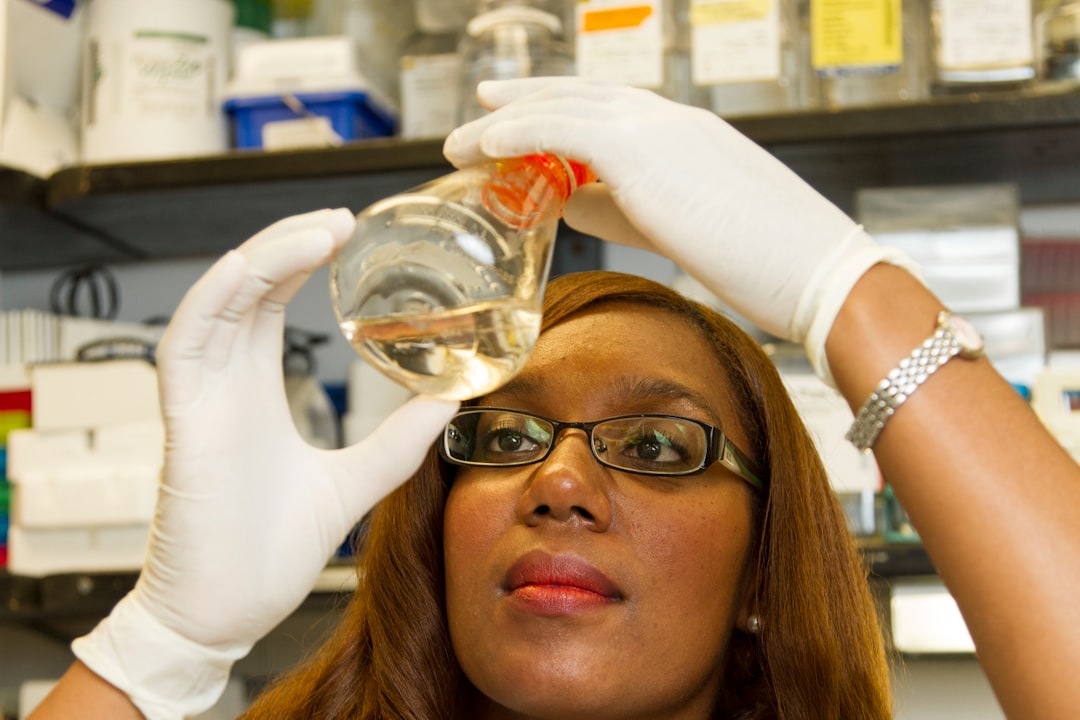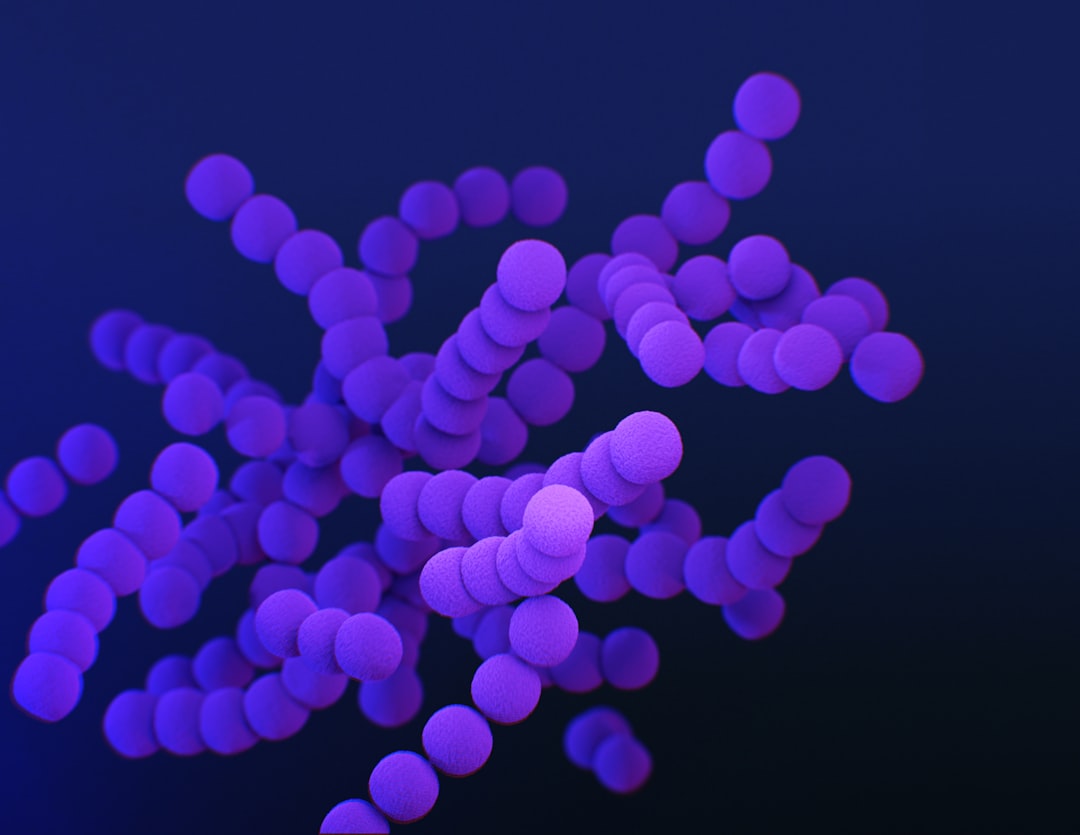What is it about?
We used analytical ultracentrifugation (AUC) to analyse the profile of nucleotide composition in vertebrate genome. In this report, we discussed some of the information that can be deduced from CsCl profiles, with emphasis on mammalian DNAs.
Featured Image
Why is it important?
AUC can quickly and effectively complement modern sequence-based analyses of genomes, e.g. by anticipating, extending or checking results that can be obtained by cloning and sequencing. In particular, AUC yields a quick overview of the base compositional structure of a species' genome even if no DNA sequences are available and the species is unlikely to be sequenced in the near future. A 24-hour AUC run of a high molecular weight sample of a species' total DNA already yields the GC distribution of its genome. The CsCl profiles of vertebrates allow insight into structural and functional properties that correlate with base composition, and their changes during vertebrate evolution can be monitored by comparing CsCl profiles of different taxa. Such comparisons also allow consistency checking of phylogenetic hypotheses at different taxonomic levels.
Perspectives
In time of high throughput sequencing, AUC is still interesting to describe repeated DNA sequences, which is difficult to resolve otherwise.
Nicolas Carels
Oswaldo Cruz Foundation
Read the Original
This page is a summary of: Using analytical ultracentrifugation to study compositional variation in vertebrate genomes, European Biophysics Journal, August 2003, Springer Science + Business Media,
DOI: 10.1007/s00249-003-0294-y.
You can read the full text:
Resources
Contributors
The following have contributed to this page










